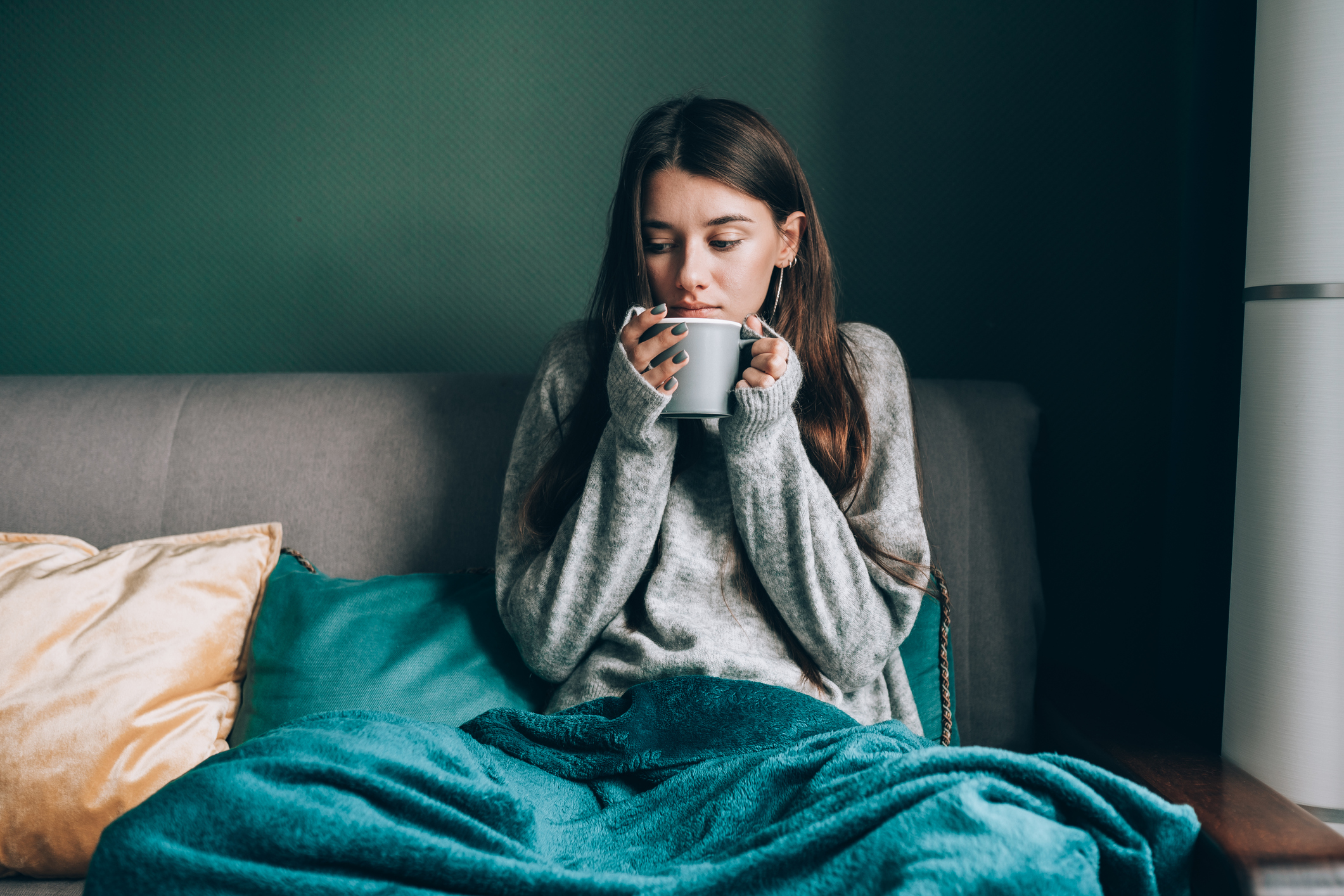
SAD Symptoms and How to Combat Them
SAD is the perfect acronym for Seasonal Affective Disorder.
It’s a form of depression that’s related to the change in seasons. SAD can begin to affect people in the fall, and even more so in the winter, when days get shorter and colder. This shift in mental health and everyday behavior can make you feel down. For some people, SAD can last for about 40% of the year. Women usually experience it more frequently than men. Fortunately, help is available.
Symptoms
The symptoms of SAD can be distressing and debilitating and may make it difficult to go about daily activities. Those who experience it can have severe mood swings and other symptoms, including:
- Low energy
- Low self-esteem
- Indecisiveness
- Tiredness or excessive sleeping
- Loss of interest in your usual activities
- Anxiety
- Changes in appetite
- Other feelings of depression that happen every day, in a seasonal pattern.
While the signs may vary from person to person, anyone experiencing some or all of them should take note of any change in behavior and emotions. If you feel that you are experiencing these symptoms, you should speak to your doctor to explore treatment options.
What You Can Do
There are several ways to manage SAD, both at home and with your doctor’s help.
Planning ahead is one of these remedies. Some people do not experience seasonal depression every year, but those with previous experience should consider scheduling time for social activities as fall and winter approach. Creating and sticking to a schedule can benefit people both physically and mentally. If these activities are underway before SAD emerges, it is usually easier to continue engaging in these activities through winter.
Exercising regularly can also be a helpful aid. Stress and anxiety can worsen the symptoms of SAD, but exercise and other physical activity can help relieve some of those feelings. Physical activity reduces the level of stress hormones your body produces, and seeing positive results from exercise can boost your confidence and improve your mood. If you don’t enjoy going to the gym, long walks or at-home exercises can still be helpful.
Another popular treatment for SAD is making your environment sunnier and brighter. Open your blinds, go for a walk, have a meal outdoors, or sit closer to natural light while at home or in the office. Bright light therapy, which involves being exposed to artificial light to maintain one’s circadian rhythm, is another popular option for treating SAD. Devices that emit sunlight-mimicking light (also known as phototherapy boxes) can also aid in this kind of treatment. Generally, people who spend 20 to 30 minutes per day sitting in front of a phototherapy box will experience a chemical shift in the brain that improves mood and lessens SAD symptoms.
Above all else, you should discuss symptoms and therapy options with your doctor. They may recommend other treatments, such as cognitive behavioral therapy or antidepressants. Your doctor will advise the best course of treatment for you based on the type and severity of your symptoms.
Help is available
If you or someone in your life is struggling with SAD or other mental health conditions, there is help. You can reach the Suicide and Crisis Lifeline by dialing or texting 988 any time of day or night. Blue KC also offers its members access to Mindful by Blue KC, a program to support those experiencing a mental health crisis or other behavioral healthcare needs. Mindful by Blue KC connects members with a Mindful Advocate, a licensed behavioral health clinician you can reach by phone anytime, who can provide in-the-moment support or help connect you or your child with supportive resources or counseling.
Reach out to a Mindful Advocate today
Available 24/7 at:
Was this helpful?
Well Said Newsletter
Sign-up to receive our monthly eNewsletter, Well Said, for trending topics & important updates.
By clicking to subscribe, you agree with Blue KC terms and policies.


